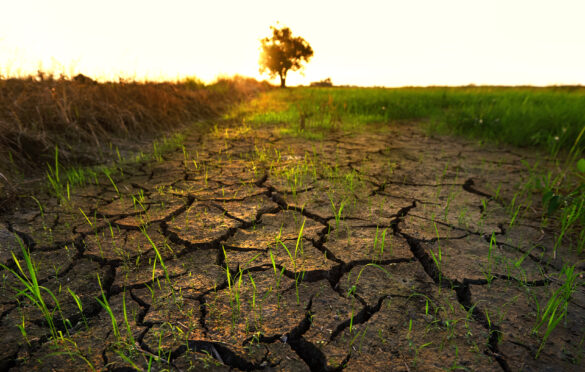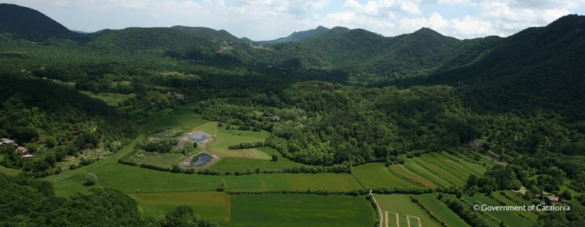Information system of the exotic species of catalonia
Catalonia is one of Spain’s most affluent and industrialised areas, with its own language and cultural identity. Due to the location, population and diversity of habitats of Catalonia, it is a territory that is particularly vulnerable to invasive alien species (IAS). Global warming, ecosystem change and cross-border movement of people and goods have all been drivers for the increase in IAS to Catalonia. IAS is one of the main causes of biodiversity loss and therefore represents a major challenge for the region. A total of 177 species (or 14% of all exotic species in Catalonia) in Catalonia can be considered invasive, and are having a considerable impact on natural ecosystems, other species and society.
Given the scale of the challenge, and because information on IAS and their impacts was fragmented in Catalonia, the Catalan Government developed the Exotic Information System of Catalonia (EXOCAT) to assist with the development of a more comprehensive approach to the prevention and management of IAS.
Working in collaboration with CREAF, the Biodiversity and Protection of Animals Service of the Generalitat de Catalunya launched EXOCAT in 2010, initially as a 4-year project. EXOCAT was designed to collect data on the distribution, origin, entry routes and level of invasion of IAS within Catalonia. It was established to enable the Catalan Government to analyse the present situation and understand the future risk to ecosystems. Additionally, by providing information to understand the scale of the problem, EXOCAT could also assist in future strategy and responses to IAS. One of the central aims of EXOCAT was to provide an open access platform to centrally locate information on IAS which could be consulted by policy makers and the public.
As well as bringing together all existing data on IAS in Catalonia, new data in EXOCAT is collected and updated by professional experts (scientists and technicians) and citizens alike. Anyone wanting to make an entry into the catalogue must complete a form on the EXOCAT website.
Species in EXOCAT are classified by how established in the territory they have become and the extent of their invasion. EXOCAT lists over 1272 exotic species in Catalonia, 177 of which have extended their range far enough to be considered as invasive. Using this data as a basis for policy responses, the Government is working to improve control of IAS. The database provides lots of information about the different species, including profiles and maps of their location.
Between 2012 and 2016 EXOCAT added information about 161 new species, some of which can be considered as new introductions, some may have been previously undiscovered. However, experts warn that a third of the species are listed simply because their presence is known, but that their current distributions and rates of expansion are unknown.
The data collected highlights that the total IAS in Catalonia has remained relatively stable since 2012, with 14% of the listed species establishing populations that are not expanding. However, recently, many invertebrate species have arrived and expanded their range, including the tiger mosquito and the Asian hornet. The advance of this hornet is particularly of concern, due to the fatal threat it poses to honeybees.
During 2018 in-depth improvements were made to make EXOCAT more user-friendly and to enable more insight into species distribution and specific locations.










